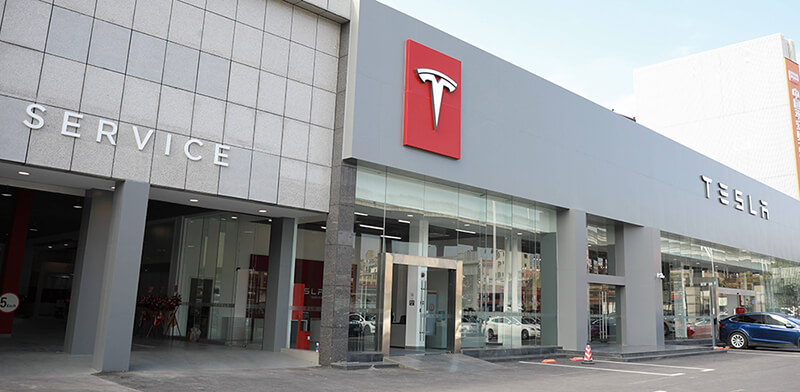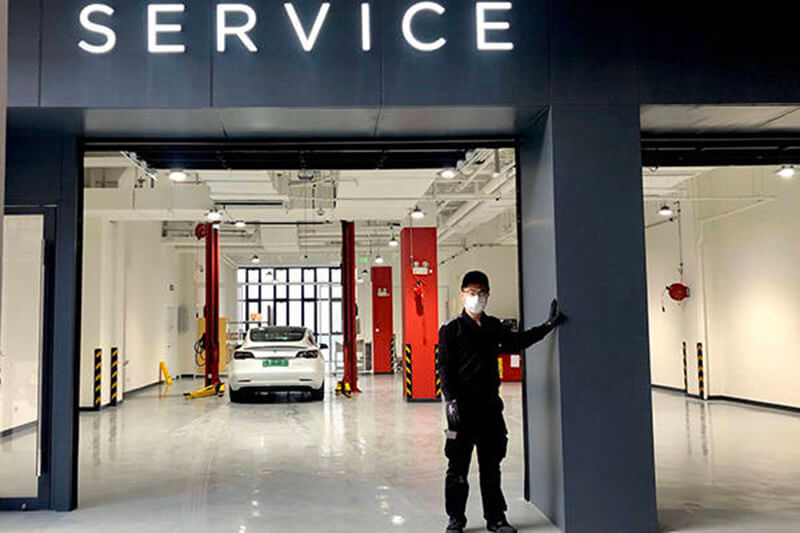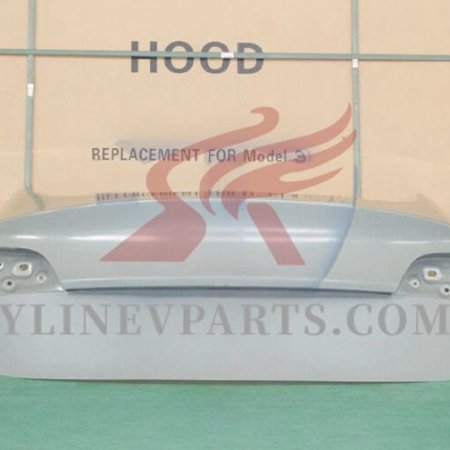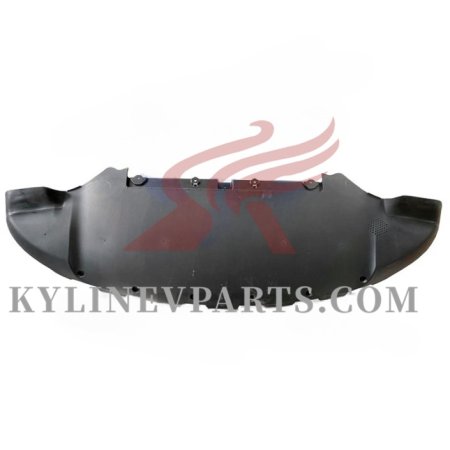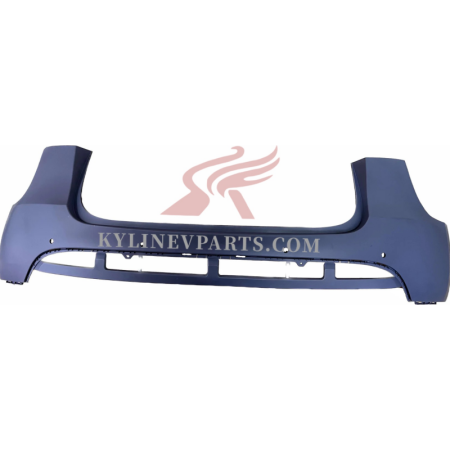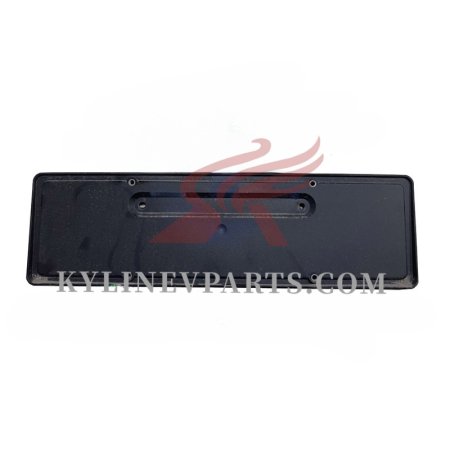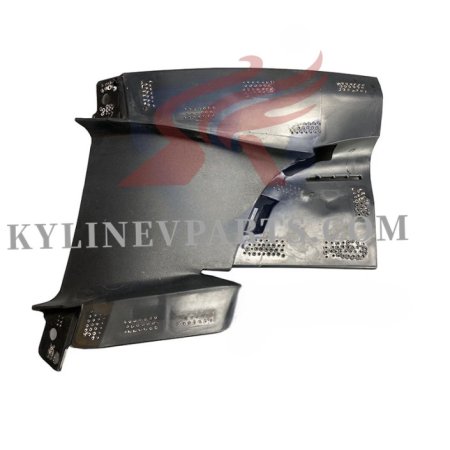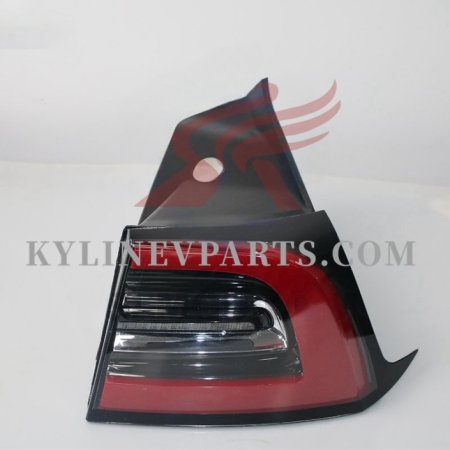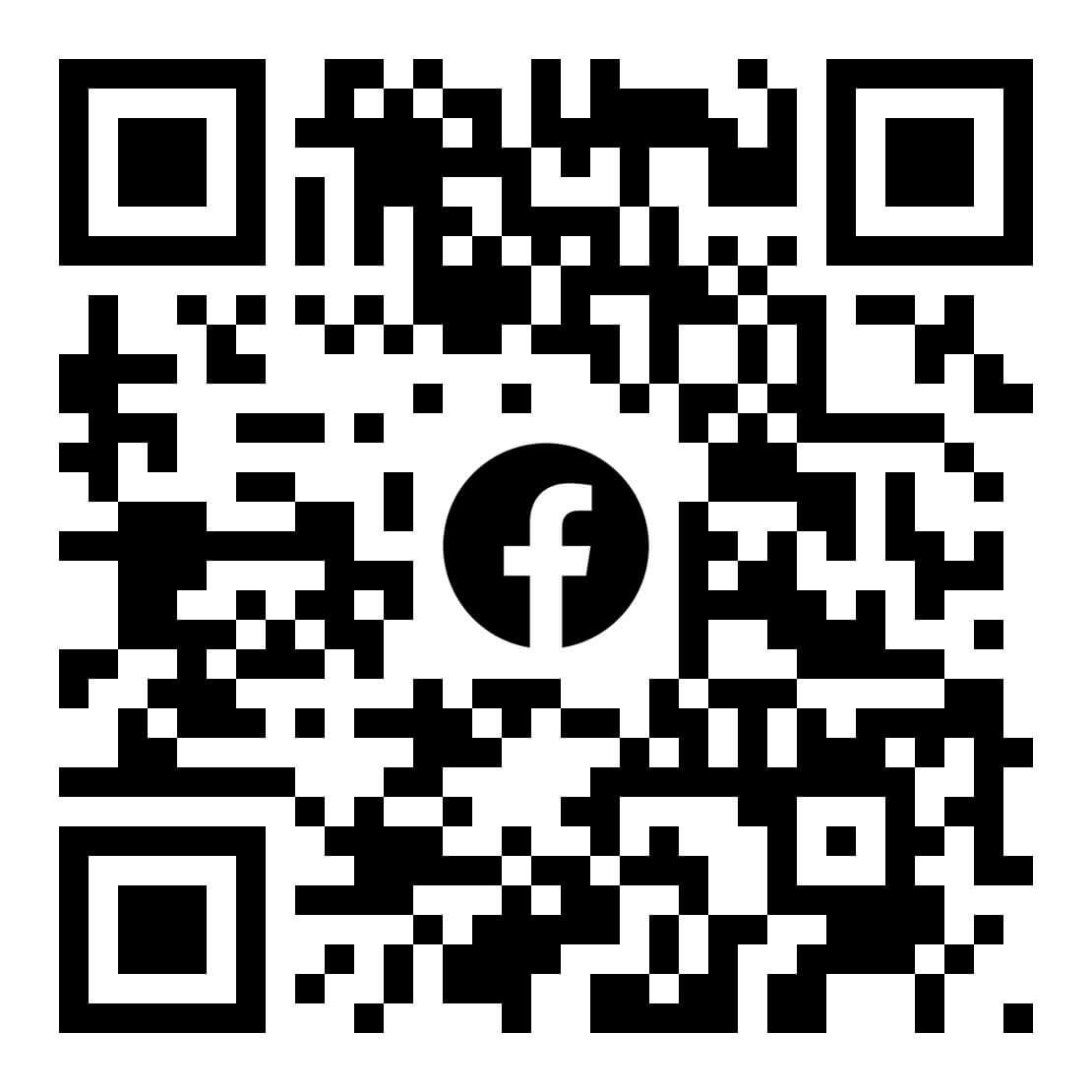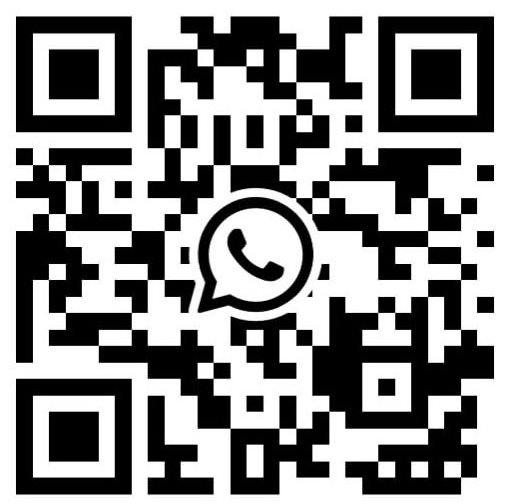Tesla vehicles have revolutionized the automotive industry with their sleek design, cutting-edge technology, and long-lasting components. However, What Parts Have to Be Replaced on Tesla?
For distributors of Tesla parts, understanding which components require regular replacement is essential to ensuring your inventory is aligned with market needs, boosting your sales, and keeping your customers satisfied.
In this guide, we’ll walk through what Parts have to be replaced on Tesla? How often do they need to be replaced, and the cost considerations involved? We’ll also explore how distributors can stay ahead in sourcing and stocking these parts to maintain a steady supply chain.
1. Why Distributors Need to Understand What Parts Have to Be Replaced on Tesla?
Distributors play a pivotal role in the automotive supply chain, especially when it comes to replacement parts. Knowing What Parts Have to Be Replaced on Tesla will help you plan your inventory, ensuring you’re always prepared to meet customer demands. Regular maintenance and parts replacement are critical to vehicle performance, and as Tesla ownership continues to grow globally, so does the market for replacement parts.
For distributors, understanding What Parts Have to Be Replaced on Tesla can position your business as a reliable and knowledgeable supplier. The better you understand these needs, the better you can meet the demands of service centers and customers, leading to increased sales and customer loyalty.
2. What Parts Have to Be Replaced on Tesla?
Battery: The Heart of the Tesla
Tesla’s battery is its most vital component, and understanding its lifespan is essential for both owners and distributors. Tesla’s high-voltage battery is built to last 300,000 to 500,000 miles, but it doesn’t last forever. Eventually, battery degradation occurs, which reduces the driving range and efficiency of the vehicle.
When Should a Tesla Battery Be Replaced?
The battery needs to be replaced when it starts showing significant signs of degradation, which usually occurs after 8 to 12 years, depending on the model and climate conditions. Factors like charging habits, temperature extremes, and frequent use can affect how quickly the battery wears down.Signs of Battery Degradation:
Reduced driving range.
Increased charging times.
The system warning alerts from the vehicle.
Cost of Battery Replacement
Replacing a Tesla battery is costly, typically ranging from $10,000 to $16,000, depending on the model. This represents a significant opportunity for distributors to supply refurbished or OEM-certified batteries for service centers.
Related Resource: Tesla Battery Replacement Costs
What Parts Have to Be Replaced on Tesla?
Cabin Air Filters & HEPA Filters: Essential for Comfort
Tesla owners value comfort and air quality, making cabin air and HEPA filters key components that need regular replacement.
When Should These Filters Be Replaced?
Cabin air filters should be replaced every 2 years for the Model 3/Y and every 3 years for the Model S/X.
The HEPA filter, which helps purify the air, should be replaced every 3 years across all Tesla models.
Why Are These Filters Important?
Tesla vehicles, especially in urban environments, are exposed to various pollutants. Regular replacement of cabin and HEPA filters ensures that the vehicle’s interior remains comfortable and free from harmful airborne particles.
Tesla Reference: Cabin Filter Replacement Schedule
What Parts Have to Be Replaced on Tesla?
Brake Pads and Discs: Tesla’s Regenerative Braking and Its Impact on Wear
Tesla’s regenerative braking system helps reduce wear on the brake pads, but they still need to be replaced over time, especially for high-mileage vehicles.
Why Do Tesla Vehicles Need Brake Pad Replacement?
The regenerative braking system extends brake pad life by recapturing energy during braking. However, brake pads will still wear down as the vehicle ages.Average Lifespan of Brake Pads
Tesla’s brake pads typically last between 80,000 to 100,000 miles, which is much longer than traditional vehicles due to regenerative braking.Cost and Availability of Brake Pads
The cost of brake pads for Tesla vehicles ranges from $100 to $250 per set, depending on the model. As a distributor, providing high-quality pads at competitive prices is essential for ensuring customer satisfaction.
What Parts Have to Be Replaced on Tesla?
Tires: Special Considerations for Tesla’s High Torque and Weight
Tesla vehicles are known for their high torque and heavier weight compared to traditional cars, which puts additional strain on the tires.
Why Do Tesla Tires Wear Faster?
Due to the high torque and instant power delivery from the electric motor, Tesla tires experience more wear and tear, especially when accelerating quickly.Replacement Intervals
Tesla recommends rotating the tires every 6,250 miles and replacing them every 25,000–40,000 miles, depending on driving habits, tire brand, and road conditions.Stocking Recommendations for Distributors
As a distributor, it’s essential to offer EV-specific tires that cater to Tesla’s unique needs, such as low rolling resistance and noise reduction. Stocking high-performance tires from trusted brands like Michelin, Hankook, and Pirelli will ensure customers have quality options.
Tesla Tire Care Tips: Tesla Tire Care
What Parts Have to Be Replaced on Tesla?
Windshield Wipers and Washer Fluid: Ensuring Clear Visibility
Windshield wipers are essential for safe driving, especially in adverse weather conditions. These parts wear out over time and need periodic replacement.
When Should Windshield Wipers Be Replaced?
Tesla recommends replacing windshield wipers every 12–18 months. The climate and driving conditions can affect wiper longevity, so service centers should monitor wiper condition regularly.Best Wipers for Tesla
It’s important to use Tesla-specific wiper blades, as they are designed to fit the vehicle’s unique contours for optimal performance. Distributors should offer these model-specific parts to ensure a proper fit and superior performance.
3. Advanced Tesla Parts That May Require Replacement or Upgrades
Autopilot and Full Self-Driving (FSD) Hardware: Staying Ahead with Technological Upgrades
As Tesla continues to innovate with autonomous driving features, the need for hardware updates becomes crucial. This includes upgrades from Hardware 3 to Hardware 4, necessary to unlock Tesla’s Full Self-Driving (FSD) capabilities.
When Does Autopilot Hardware Need Replacement?
Autopilot hardware may need to be replaced or upgraded when Tesla releases new hardware to improve the vehicle’s FSD capabilities. Distributors can tap into this niche by offering OEM-certified autopilot hardware.
Suspension and Steering Components: Wear and Tear from Tesla’s Heavy Build
Tesla’s weight and performance can cause suspension and steering components to wear more quickly than traditional vehicles. This is especially true for high-mileage vehicles or those subjected to rough roads.
When Should Tesla’s Suspension Be Replaced?
Components such as control arms, ball joints, and tie rods may need replacement after 50,000 to 100,000 miles, depending on road conditions and driving style.Distributors’ Takeaway
Keeping a steady supply of suspension kits and individual parts like bushings and struts will help service centers keep Tesla vehicles running smoothly.
4. Costs and Pricing Considerations for Tesla Part Replacements
Distributors must not only understand what parts need replacement but also be aware of the pricing dynamics in the Tesla aftermarket.
Typical Replacement Costs
Here’s an average breakdown of the costs for replacing essential Tesla parts:
| Part | Approx. Cost (USD) |
|---|---|
| Cabin Filter | $25–$50 |
| HEPA Filter | $75–$120 |
| Brake Pads (set) | $100–$250 |
| Tires (each) | $180–$350 |
| Battery Pack | $10,000–$16,000 |
| Wipers | $20–$60 |
| Suspension Parts (each) | $100–$500 |
Distributors should factor these costs into their pricing strategy, ensuring they provide quality parts at competitive rates.
5. Frequently Asked Questions (People Also Ask)
How often do Tesla parts need replacement?
Tesla parts require periodic replacements, depending on usage, climate, and driving habits. Common parts that need replacement include brake pads, filters, tires, and wipers. Regular maintenance helps ensure the vehicle’s longevity and performance.
Is it worth using aftermarket Tesla parts?
Aftermarket parts can be a cost-effective option, but it’s crucial to ensure that the parts meet Tesla’s quality standards. OEM parts are typically recommended to maintain the vehicle’s performance and warranty, but well-reviewed aftermarket options can also offer good value.
Are Tesla replacement parts expensive?
Some parts, like batteries, can be pricey, typically ranging from $10,000 to $16,000 for a battery pack replacement. However, many other components, like brake pads, filters, and tires, are competitively priced and accessible for distributors.
What parts need to be replaced first on a Tesla?
The first parts to replace on a Tesla are typically the tires and brake pads, especially if the vehicle is driven frequently. These parts experience wear and tear quicker than others due to Tesla’s high torque and regenerative braking system.
Do Tesla vehicles need oil changes?
No, Tesla vehicles do not require oil changes, as they are electric cars and do not have internal combustion engines that use motor oil. However, certain components like brake fluid, windshield wipers, and cabin filters will need to be replaced periodically.
How long do Tesla batteries last before replacement?
Tesla batteries are designed to last between 8 to 12 years or up to 500,000 miles. Battery degradation happens gradually, and replacement is often needed when the range significantly reduces or when the battery can no longer hold a sufficient charge.
Can I replace Tesla parts myself, or should I go to a service center?
While some Tesla parts like filters, wipers, and tires can be replaced by the owner, many components, especially those involving the battery, suspension, or Autopilot hardware, should be handled by certified service centers to ensure safety and proper functionality.
What are the most common Tesla part replacements?
The most common Tesla part replacements include battery packs, brake pads, tires, cabin filters, and windshield wipers. These parts are subject to regular wear and need to be replaced at scheduled intervals to keep the vehicle in optimal condition.
How much does it cost to replace a Tesla brake pad set?
Replacing a brake pad set for a Tesla typically costs between $100 and $250, depending on the model and whether you choose OEM or aftermarket parts. This makes brake pads one of the more affordable yet frequently replaced parts on Teslas.
Can I use third-party replacement parts for Tesla?
Yes, third-party replacement parts are available for Teslas, but it is crucial to ensure they meet Tesla’s specifications. Using high-quality, certified aftermarket parts can be an option for distributors, but it’s important to consider compatibility and warranty implications.
What parts are covered under Tesla’s warranty?
Tesla’s warranty covers many major components, including the battery and drive unit, for up to 8 years or a set mileage limit (depending on the model). However, parts like brake pads, tires, and cabin filters are not covered under the warranty and need to be replaced at the owner’s expense.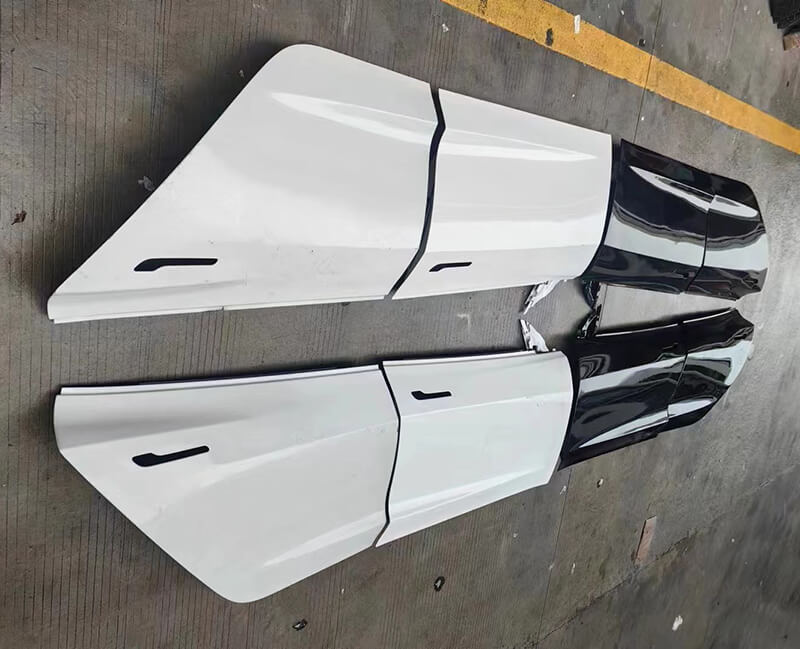
6. Final Thoughts: Why, What Parts Have to Be Replaced on Tesla? Knowledge Matters for Distributors
By understanding What Parts Have to Be Replaced on Tesla, distributors can better plan their inventory and provide reliable, high-quality parts to service centers. Staying ahead of part replacement trends is key to remaining competitive in the rapidly growing electric vehicle market.
For distributors looking to expand their Tesla parts offerings, partnering with reliable suppliers and maintaining a steady stock of high-demand components will ensure long-term business success.
For a reliable partner in sourcing high-quality, compatible parts for your Tesla Aftermarket Parts Trading, Kylin EV Parts is your one-stop destination. We offer premium parts, competitive prices, and fast, reliable shipping, making us your trusted wholesale partner in the Tesla Aftermarket Parts Trading.

